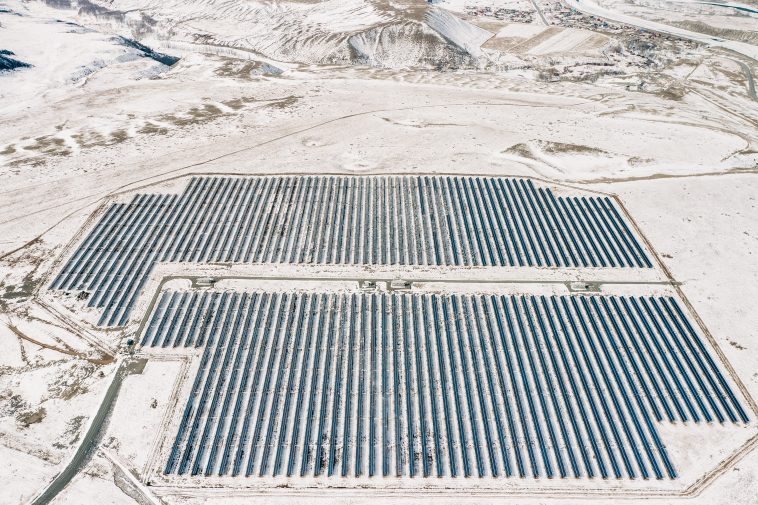Critical minerals are needed for renewable energy technologies like solar panels, wind turbines, green hydrogen, electric vehicles (EVs), and battery storage. Africa’s mineral wealth could help the region and set the stage for the global energy transition.
Aluminum is used in most low-carbon technologies. It makes up more than 85% of most solar photovoltaic parts, and about 98% of its main production comes from bauxite.
Africa is home to about one-third of the world’s bauxite sources. In 2020, Guinea exported more than half of the world’s aluminum ore.
Also, chromium makes up more than a third of the demand for minerals in both geothermal and hydropower technologies, and it is a necessary material for developing concentrated solar power (CSP).
The IEA says that by 2040, the world’s demand for cobalt will have increased by a factor of six. Most of the world’s cobalt is found in the DRC and Zambia.
Cobalt from the DRC is vital for making lithium-ion batteries used in electric vehicles (EVs) and energy storage technologies. This is a crucial part of the world’s move away from technologies that use fossil fuels.
The graphite reserves of Madagascar, Mozambique, and Tanzania comprise more than one-fifth of the world’s total. The critical mineral will be crucial in developing lithium-ion batteries, electric vehicles, and battery storage technologies.
The demand for manganese is also expected to triple by 2030, according to the IEA. This is because manganese makes up more than a quarter of the minerals needed for CSP growth and is crucial to many green energy technologies. Over 60% of manganese is made in Africa. Ivory Coast, Gabon, Ghana, and South Africa all make essential material, but South Africa is the biggest producer in the world.
The creation of green hydrogen (https://apo-opa.info/3NMbwOW) and decarbonization of sectors like heavy transportation, heating, and industry would not be possible without the discovery of PGM minerals, which include the best metals for catalysts in proton exchange membranes fuel-cell technologies, like iridium, palladium, and platinum.
Between 2016 and 2020, South Africa made more than 70% of the world’s platinum and more than 80% of the world’s iridium. On the other hand, Zimbabwe is the third-largest producer of platinum and the second-largest producer of iridium.
The mining and growth of important minerals are becoming increasingly critical to the world economy. As a result, there will be more competition for access to Africa’s critical minerals in the coming decades as the world moves toward a low-carbon energy future. China and the U.S., the two largest economies in the world, will be fighting for strategic control over global critical mineral supply chains, putting Africa at the center of the worldwide energy transition.
At the African Critical Minerals Summit in Johannesburg this November, more will be said about how the global energy shift and Africa’s critical minerals are linked.
Energy Capital & Power, a company promoting business in Africa and organizing events, is in charge of the African Critical Minerals conference.



